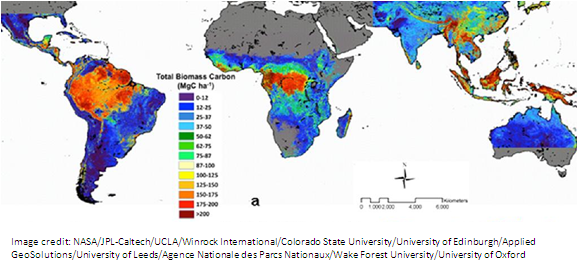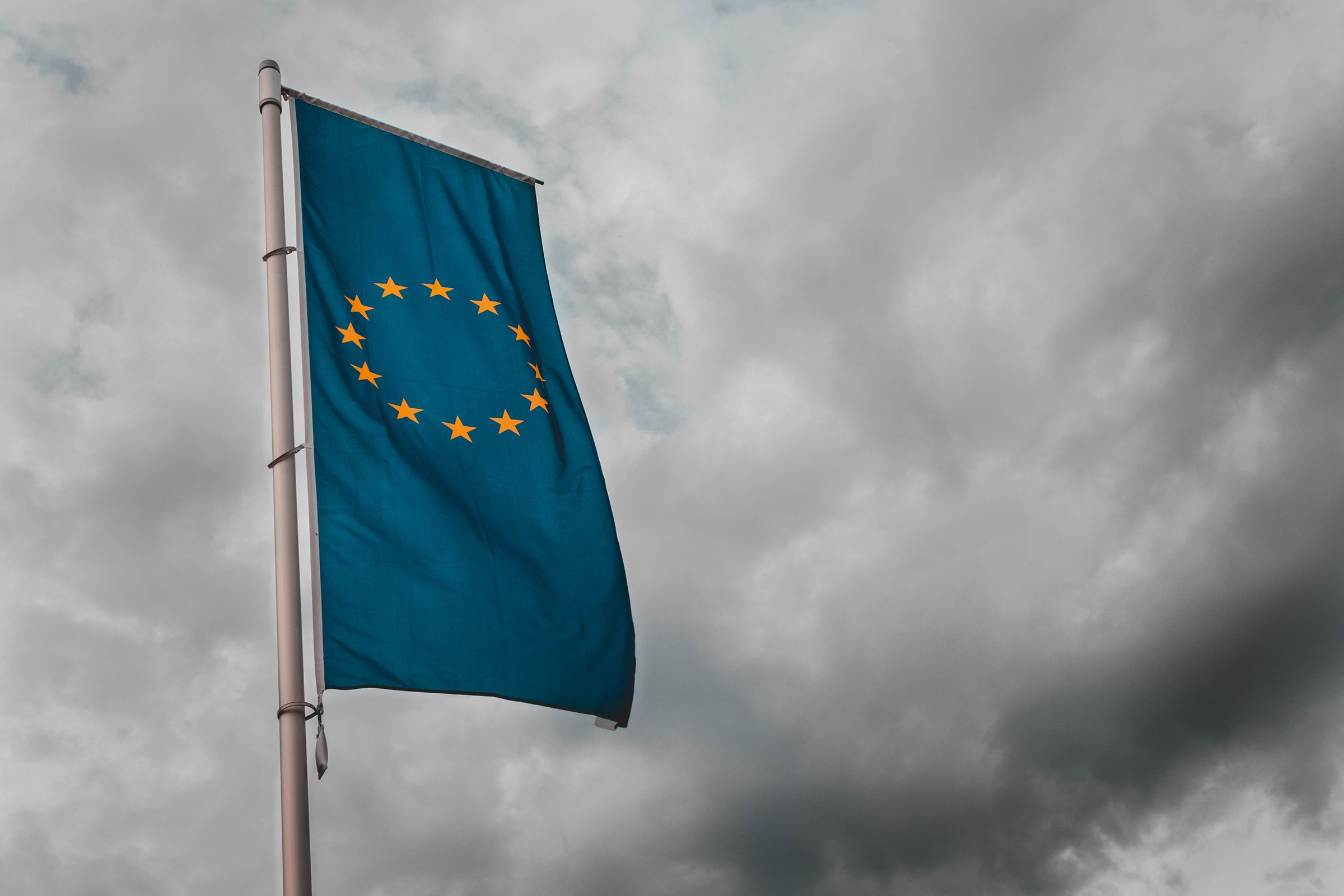Read Issue 1: All About the Climate Law here.
Read Issue 2: Responding to a Crisis: Climate and Corona here.
Read Issue 3: Will COVID-19 Destroy or Empower the European Green Deal here
Read Issue 4: Financing the Green Deal here
Read Issue 5: The EU Recovery Plan here
Read Issue 6: The Mercosur Trade Agreement: A Lose-Lose Deal here
Read Issue 7: Farm to Fork Strategy here
Read Issue 8: The European Climate Targets by 2030 here
For our past eight blogs, we have been delving into EU policy, key factors in the climate crisis, urgent topics in the European Green Deal…. and in doing so, we’ve noticed a very important thing.
In all the policy we’ve looked at, no-one is talking about balance.
There is no mention of how to avoid the tipping point for the climate crisis, after which there is no going back. How can we prevent feedback loops, where our environmental destruction sparks a chain of events that spirals out of our control? (For example, when global warming causes the Arctic permafrost to melt and releases huge quantities of methane into the atmosphere, thereby causing more global warming). How can we implement binding carbon budgets, where industries will be forced to limit their carbon emissions over time so that our climate is not overwhelmed?
Climate balance is not seen as a priority, whereas it should be the baseline. Prevention is the best medicine. If we don’t protect the delicate balance of our world, we have no chance of building an economic and social system that can fight the climate crisis. We have no chance reaching our Paris Agreement climate goals.
Instead, a lot of politicians are pinning all their hopes on future “carbon negative technologies” that are absolutely nowhere near in sight.
These carbon negative technologies would be able to remove CO2 from the air on a huge scale. This is necessary to compensate for all the future planned emissions when we completely overshoot our targets. Currently, the world’s planned GHG emissions need to be 32 gigatonnes lower in order for us to meet our Paris Agreement goal to limit global warming to 1.5°C. But, every year, the gap (called the Emissions Gap) between what we need to achieve and what countries plan to achieve just keeps getting bigger. Just think about that for a moment. Right now, our governments are literally planning to fail.
Unless we take urgent action, we’re on track to fail spectacularly. We are going need an awful lot of technology to extract all the extra greenhouse gasses if we want to prevent climate catastrophes and extremely dangerous living conditions.
Luckily for us, we already have this technology. They are called ‘trees’.
How can trees help fight climate change?
Trees are literally the lungs of the earth. They act as a ‘carbon sink’ absorbing carbon dioxide from the atmosphere and turning it into oxygen. After oceans, our forests are the world’s largest carbon sinks.
Over a billion people call them home: living in and around forests, completely dependent on them for food, water and medicines. But no matter where you live – city, town or country – we’re all reliant on the resources of the forest. Have you had a cup of coffee today? Used a pencil to write a shopping list? Read the newspaper? The riches of the forest are all around us.
They’re also the reason our biodiversity is even slightly surviving. They are home to 80% of the world’s terrestrial biodiversity (animals, plants and microorganisms that live on land).
A new map from NASA shows how much carbon is stored in forests worldwide, and, as you can see, it speaks for itself.

Our forests need to be preserved. We are destroying one of our most efficient solutions in the fight against climate change. And if we don’t take urgent action to reverse the situation, it will get even worse. In 2019, due to extreme heat waves caused by climate change, the tropics lost approximately 12 million hectares of tree cover (according to a team led by Matt Hansen of the University of Maryland).
This is the size of Belgium.
What’s the root of the problem?
Deforestation globally is worsening every year. The biggest reason for this is human activity: agricultural expansion, mining, oil extraction and infrastructure development. Yes, we are consciously and purposefully destroying our own lungs. As climate change gains momentum, heatwaves and forest fires burn down our forests at a record pace. But when trees catch fire, the carbon they have stored throughout the years releases again in the atmosphere which increases greenhouse gasses even more, causing more heat waves, forest fires and deforestation. It’s a vicious cycle and also the reason why there should be an immediate halt on human-made deforestation.
When a forest is gone, it’s also an entire ecosystem that falls apart. This has consequences for all of us. Soon, huge forests like the Amazon rainforest will turn into savannahs. This will be a tipping point for climate change to become irreversible.
We need our governments and politicians to take this seriously. We were all struck by the calamitous images of the Amazon rainforest burning earlier this year and there was public outcry. But sadly, as usual, we saw insufficient political action. It’s not enough for our leaders and change-makers to be concerned, make speeches and send good wishes to the Amazon. We need structural change. We need to prioritise reforestation as a matter of urgency.

What “wood” the EU do?
According to the Confederation of European forest owners, the ‘EU has no legal competence in forestry policy and hence there is no common EU forestry policy.’
However, it’s clear that a lot of other sectors do cover policies directly linked to forests: environment and climate policies, energy, agriculture and trade, to name just a few. Unfortunately, most of these policies – like the Mercosur Trade Agreement – contradict good forestry policy.
Even the Common Agricultural Policy, which consists of 30% of the EU budget, is more likely to increase deforestation than stop it. According to FERN, a European NGO dedicated to protecting forests and people, the soy we import from South America fuels large-scale deforestation. Much of it is illegal. Also, the Food and Agriculture Organization of the United Nations has stated that:
“Large-scale commercial agriculture (primarily cattle ranching and cultivation of soya bean and oil palm) accounted for 40 percent of tropical deforestation between 2000 and 2010, and local subsistence agriculture for another 33 percent.”
However, all is not lost. On 23 July 2019, the European Commission adopted an EU Communication on Stepping up EU Action to Protect and Restore the World’s Forests, with the objective to reduce the carbon footprint of EU consumption and invest in more sustainable land-use practices.
According to several NGOs, like Greenpeace, the only way to stop the destruction of forests caused by the EU is to adopt an EU law to ensure that no products can come into the EU that drive deforestation, ecosystem destruction or human rights abuses.
Another great piece of news is that this month (October, 2020), the European Parliament took a huge step forward by adopting a legislative report on tackling EU-driven deforestation. The international NGO, Global Witness, reviewed the report and is very positive about it. They say that it sets out a clear blueprint to halve and reverse EU-driven deforestations. The report also calls for access to remedies to affected communities to help protect human rights and the environment.
This is something to celebrate! Let’s push the EU to adopt more of these initiatives. Let’s communicate about them. Let’s boycott all products leading to forest destruction. Let’s tell our European parliamentarians that we expect more from them than contradictory policies that cause deforestation around the world and inside of the EU. What Europe is doing inside our borders is also affecting forests outside our borders. It’s time we took responsibility.
Turning over a new leaf
We know how frustrating it is as an activist facing these huge global issues and being lost when it comes to ‘what we can do about it’.
This is why – to end this blog – we’ve listed some initiatives that need your help to halt deforestation!
Their reforestation programs focus on establishing and maintaining tree nurseries, educating communities about the positive environmental impacts of reforestation and strengthening economic development. They work with existing local groups, schools, and communities in extremely low-income rural and peri-urban areas to provide guidance on how to plant, graft, and maintain their trees. It’s very easy to get involved via their website as an intern, a volunteer or a donor! Check it out!
Working under the #ReforestAmazonia, Reforest’Action reduces deforestation and restores forests degraded by burning in Rondônia State, the most affected by deforestation in the Amazon. You can help by planting trees online!
The Green Belt Movement has planted over 51 million trees in Kenya. They work at the grassroots, national, and international levels to promote environmental conservation, build climate resilience and empower communities, especially women and girls.
Sources:
We are Adélaïde Charlier and Anuna De Wever, two climate activists that launched the youth for climate movement in Belgium, internationally known as Fridays For Future. We went on strike for weeks and weeks, for more than a year. We worked together with scientists, politicians and activists. We recently sailed to Latin America to attend the CoP in Chile and to understand the threat to the Amazon Rainforest and the Global South facing the direct consequences of climate change.
After this, we felt like it was time for our activism to evolve and for us to get closer to the decision making process at the European level. We started an internship in the Greens/EFA Group in February 2020 and decided to write a regular blog to share information on the preparation of the European Green Deal within the Parliament.
We want to build the bridge between the climate activists in the streets and the politicians in the European Parliament. We would like to offer young activists more information about the internal trade-offs to pressure the right points, and debate with our politicians to show them there are millions of people all around the world ready and waiting for change.